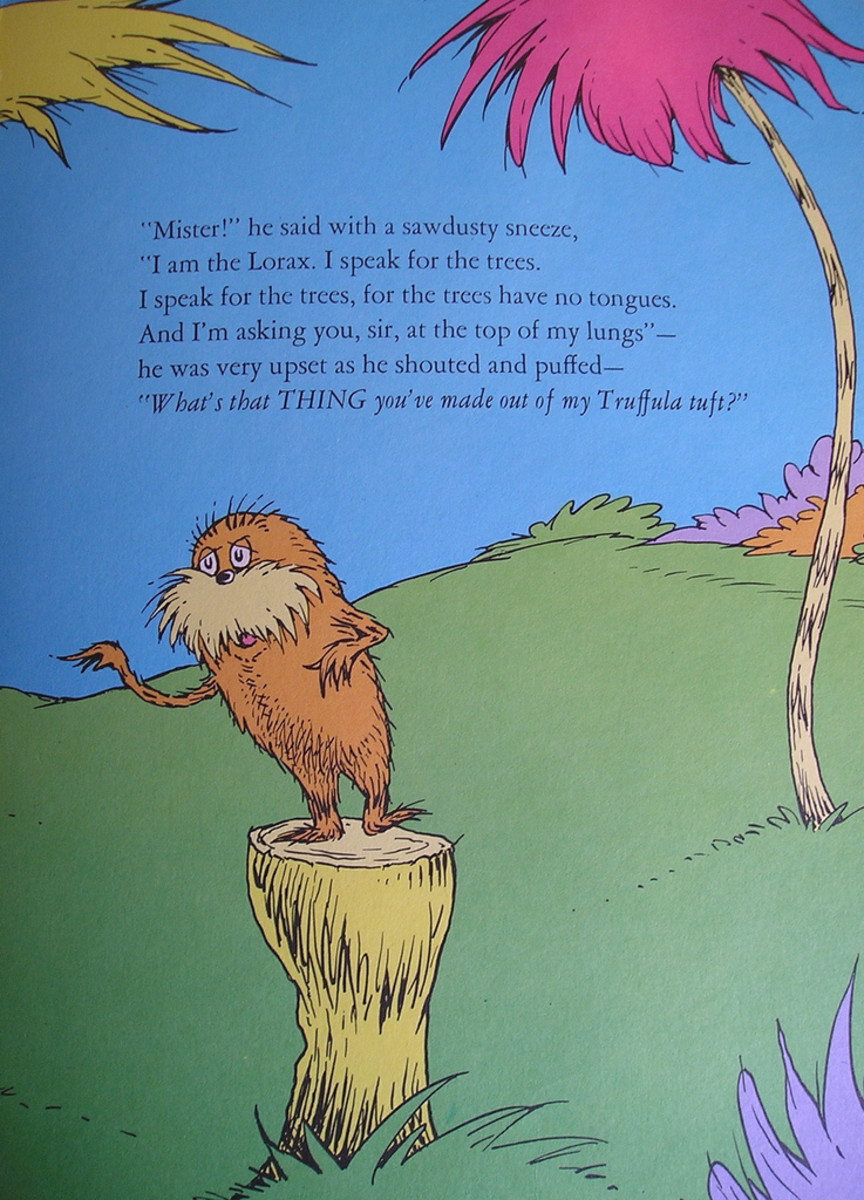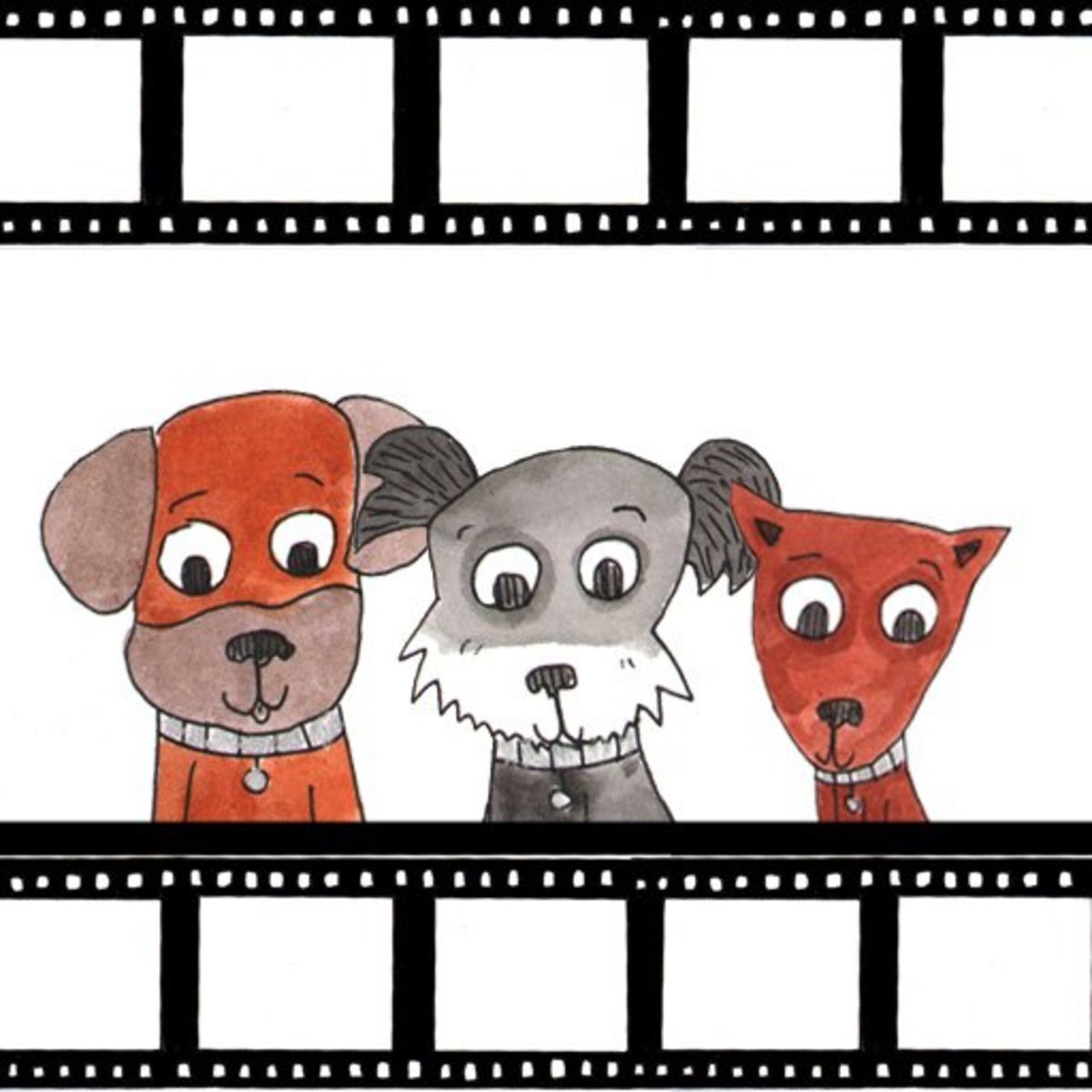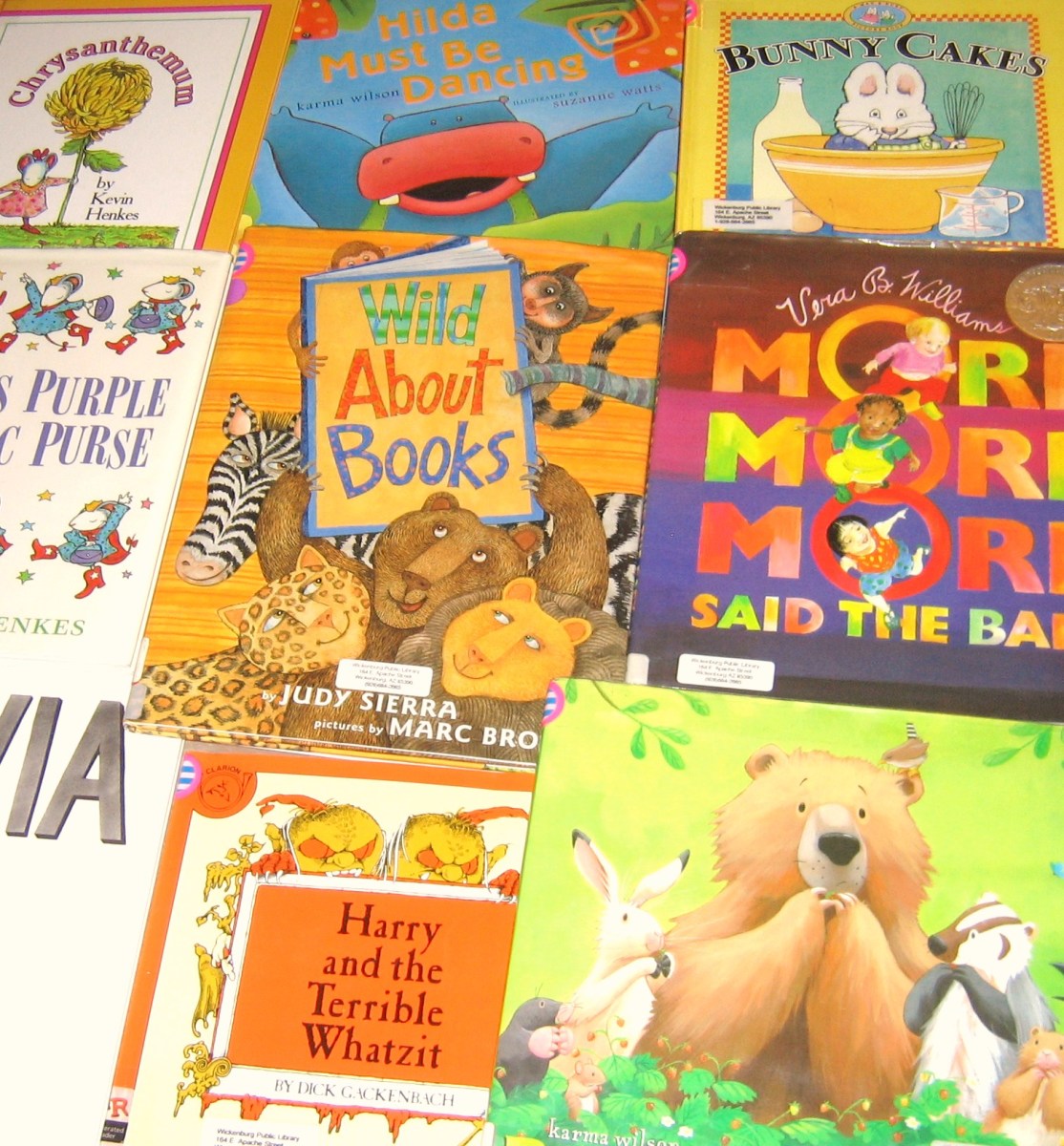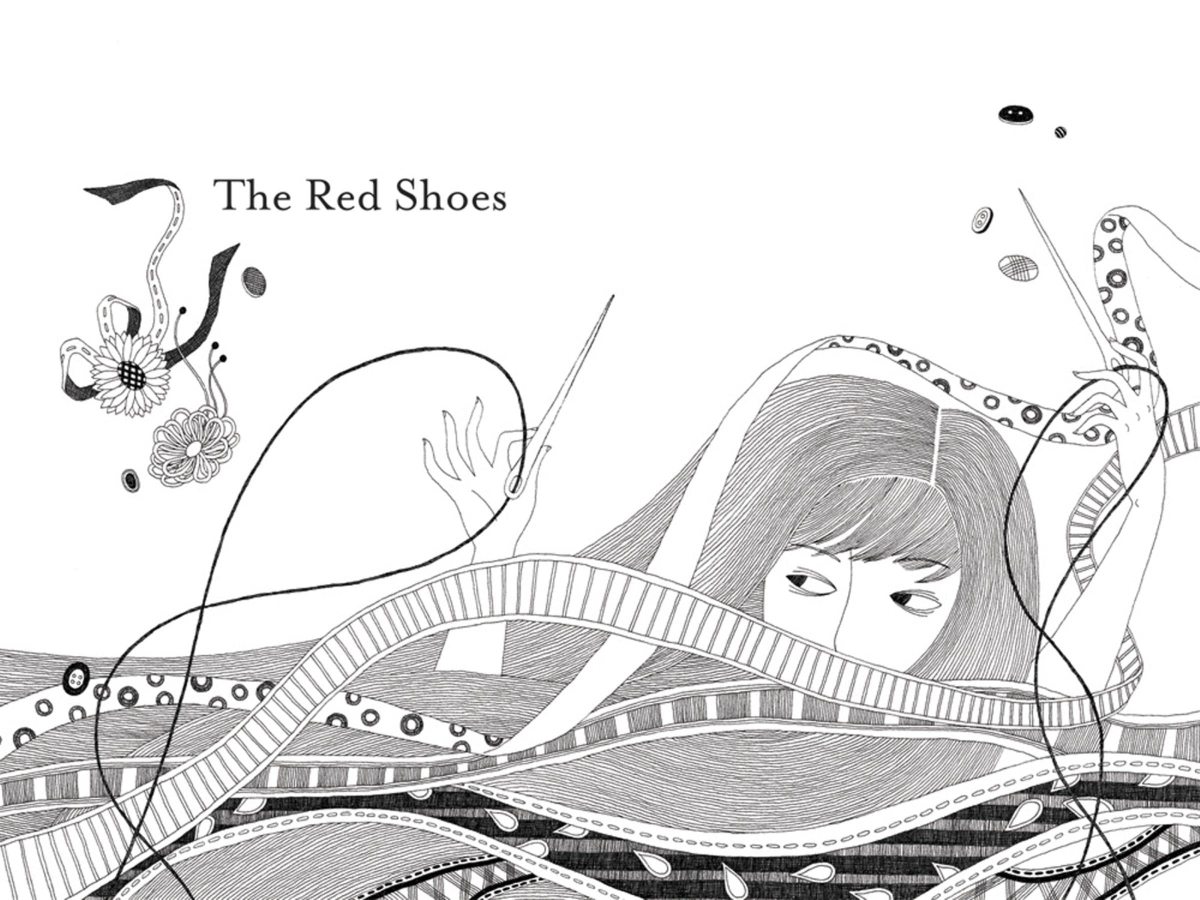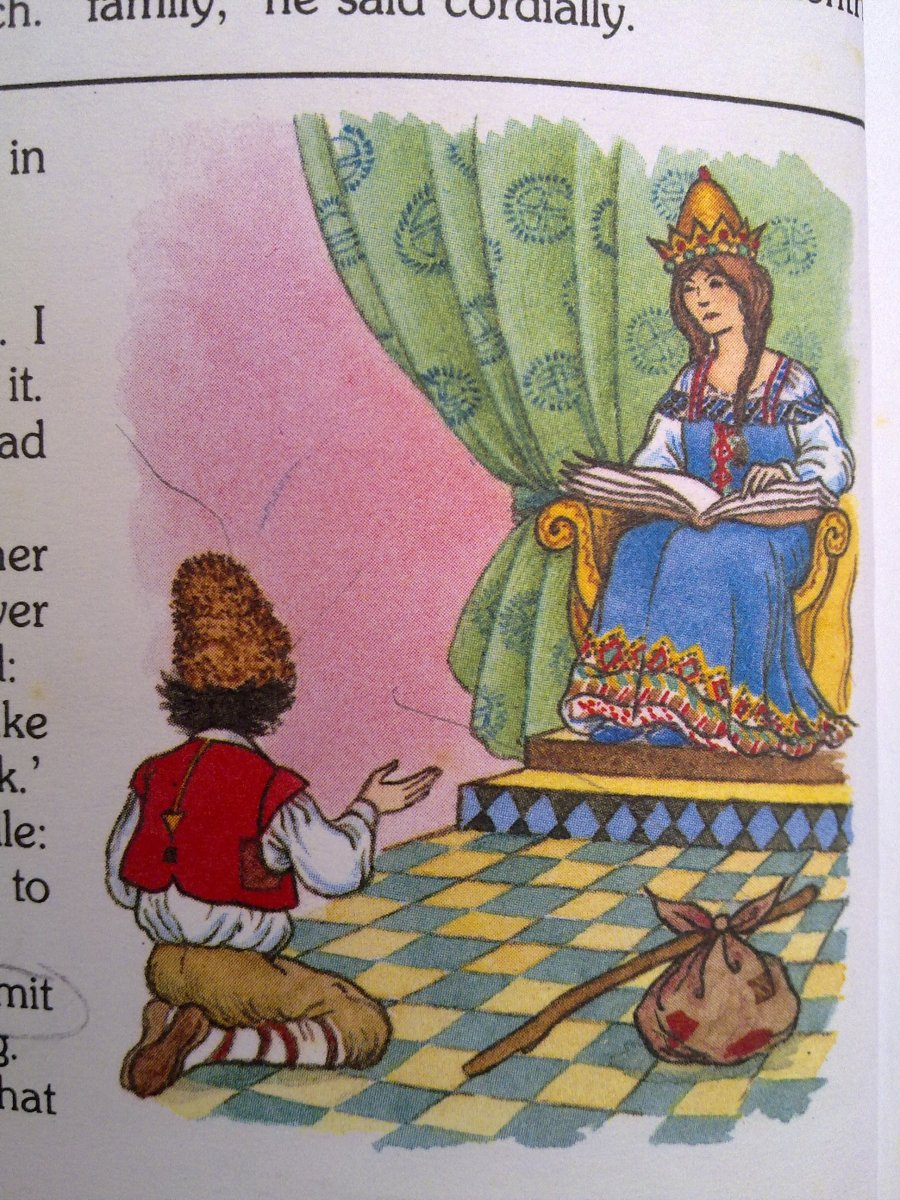How to Publish a Children’s Book
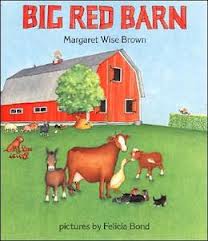
Where Do You Begin?
Writing a book for children is one thing, but what's the point if nobody ever gets to read it?
All authors write to have their stories read, and children's writers need an audience just like anybody else. So what's the best way to get your children's book published? That depends on a number of factors that require careful consideration.
Children's Books Publishing Options
It used to be the case that you could only get your book published through a mainstream publisher. But those days are gone.
Now you have options that simply weren’t available just a few years ago. Today your books can be published by smaller presses, as e-books and paper books, and you can even publish them yourself. Turn your book into a PDF file and you can upload it to Lulu, or use Amazon’s Mobipocket software to create an e-book on the Kindle platform that’s instantly available from the world’s largest online book store.
E-books have begun to outsell paper books, so that tells you where things are heading. If the thought of having just a “virtual” book puts you off, remember that some publishers offer the option to turn your e-book into a “real” book, a service that you have to pay for but that gives you the thrill of holding your book in your hand. For instance, your Kindle book can be turned into a traditional book using Amazon’s paid CreateSpace service, so you can enjoy the best of both worlds.
Old versus New Children's Publishers
If you really feel the need, you can try your hand at finding a traditional publisher to take you on. It won’t be easy, even if your story and artwork are exceptional. First you have to make it past the infamous slush pile, and even if you do there are no guarantees you’ll get past the next stage in the process.
I managed to find an editor who was willing to read one of my stories. I was mentioned to her by another client. She asked for three chapters, then three more, and then three more. I could tell she was hooked. But then, just when my hopes were getting too high for my own good, she decided the story wasn’t quite suitable for her to represent.
That doesn’t mean you shouldn’t make the effort, but it’s probably wise not to put all your eggs in one basket. There are many alternatives available that a simple Google search will help you locate. And thanks to the Internet your publisher can be located anywhere in the world.
Children's Publishing Pros and Cons
Should you create your own e-book, or should you work with a publisher?
It depends how you feel about it. I’ve got a story that makes people laugh out loud, and yet so far publishers haven’t responded in the same way. I’m determined to get it published, though, so I’ll probably get it online as an Amazon Kindle book.
Print-on-demand publishers represent one option you might like to consider. They sit somewhere between traditional publishers and doing it yourself. You get access to their expertise and assistance without having to do all the hard work. They’ll probably team you up with an illustrator, so you only have to focus on the story. Once your book is published, it will be available on Amazon and other reputable sites to purchase worldwide. You’ll get more of the profits from sales than you would with a mainstream publisher, too, although naturally sales will depend on the amount of marketing they’re prepared to do on your behalf.
The DIY Approach to Publishing Children's Books
If you decide to publish your book by yourself, here are a few factors you need to consider.
- The story: is it absolutely ready? Get as many people as you can to read it through and check for any small errors you may have overlooked.
- The artwork: does it complement the story and help bring it alive? Naturally you’ll want to get your book out there as quickly as possible, but you should never settle for second-best. Get other people’s opinions to make sure the illustrations do your words justice.
- The marketing: will you be able to promote it and create sales? Books don’t sell themselves, so you have to let people know they’re available. You might create a Facebook page, put links in your e-mail signature, blog about your work, or write articles with relevant hyperlinks in them.
One of the advantages to publishing online is the fact that you get to keep more of the profits. On Amazon, for example, a Kindle book can earn you up to 70% royalties. But that’s no good if you don’t sell any. You need to ensure that links to your books show up everywhere to give you the best chance of success.
The "Tell Us How You Did" Poll
What's been the hardest part of your search for a suitable publisher?
The Dotted Line: Publishing Contracts
When you work with a publisher, you’ll get a contract. Different publishers will use different contracts with slight changes in the wording, but the thrust will be the same. In most cases the contract will state who owns what, how royalties will be divided and distributed, and the responsibilities of those involved.
Typically authors and artists get their cut after publishers make their own deductions. The author-artist split is often 50-50 for a book with lots of illustrations. Remember that’s 50 % of the profit, not the selling price.
When you write a story, the words belong to you. Artwork belongs to the artist, who must be consulted if you decide to use the pictures on your blog or website. If you write a sequel with the same characters, you’ll probably want to use the same artist, and often your publisher will specify that such a work must be published by them. That’s not necessarily a bad thing, because it means you can probably guarantee publication – if you can get that second (or third) book written.
Finding Children's Book Publishers
The easiest way to find a publisher for your book is by doing some legwork.
Visit your local library and book store. Take note of books that resemble yours and write down the names of the publishing companies. Take your list and use it to browse their submission guidelines. This is a vital step in the process, because some companies won’t accept unsolicited submissions, some companies only accept submissions at certain times of the year, and some companies will only accept submissions by email. If you fail to follow their guidelines you’ll simply be wasting your time.
If your searches don’t bring you the information you need, invest some money in a copy of The Children’s Writers’ & Artists’ Yearbook. Updated yearly, this lengthy tome contains details about all the major players, including their physical address, telephone and fax numbers, website and email contacts. It’s not as easy as browsing to find what you’re after, but much of the information isn’t available anywhere else.
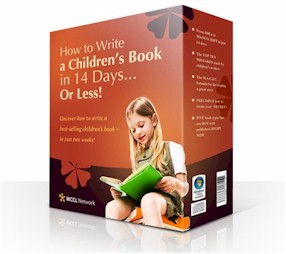
Getting Published Takes Time
Getting published isn’t easy. You’re setting yourself up for some hard times, because every rejection letter or e-mail means you have to start over with another company. And when that letter or e-mail does arrive, it’s often just a standard note sent out to every unsuccessful candidate. There’s never any feedback, because they haven’t got time to give any.
I started writing short stories for children and got them published in magazines as fillers, usually at the back of publications. But they were published, and I got paid, so I knew that I could write. My first children’s book was published in 2008 – which was about 6 years after I wrote it. I probably sent it to twenty or more publishers before finally getting any interest whatsoever. Since then I’ve had two more books published, three more are in production, and another is due out soon as an iPad download.
I could have given up after the fifteenth attempt, but I didn’t. I kept on trying until somebody took notice. I’m still doing it, as a matter of fact, and two of my chapter books are in the hands of another publishing company. If you believe in yourself and keep on trying, sooner or later it will pay off.
That’s probably the most important thing about the whole process. You have to have faith, and you have to keep going. None of the great writers got published at their first attempt, but they never gave up. As long as your story’s a good one, the same thing will eventually happen to you.
Fingers crossed.





